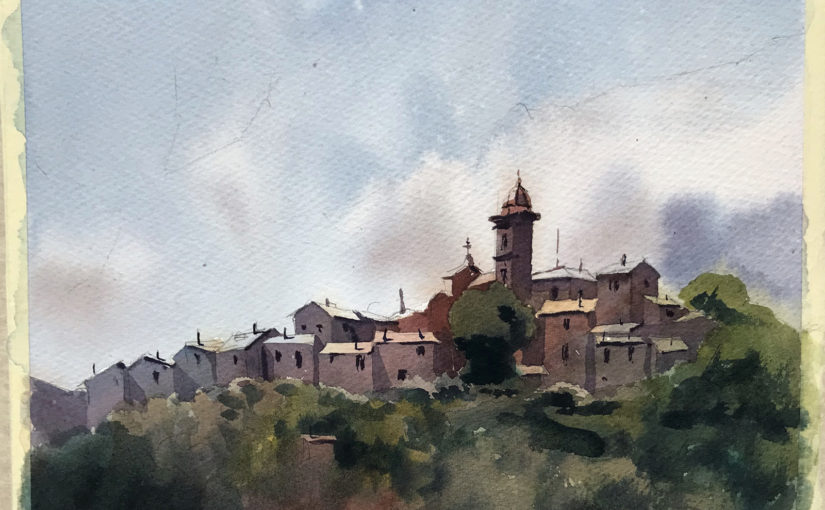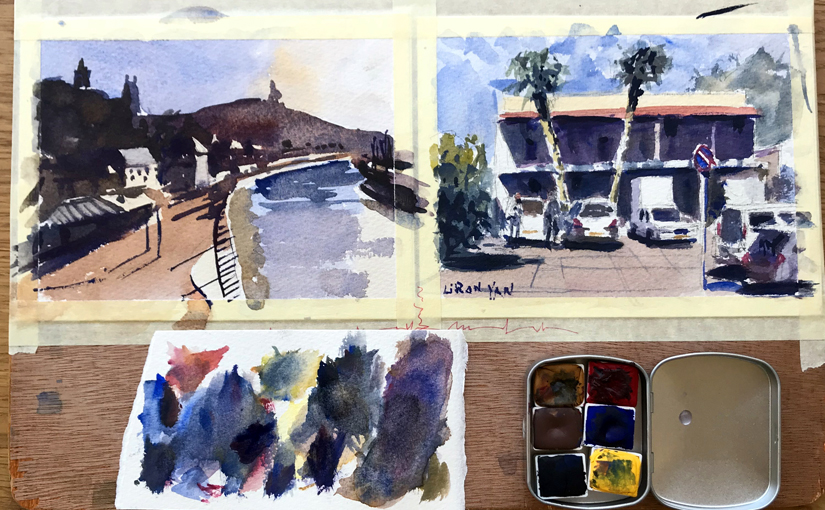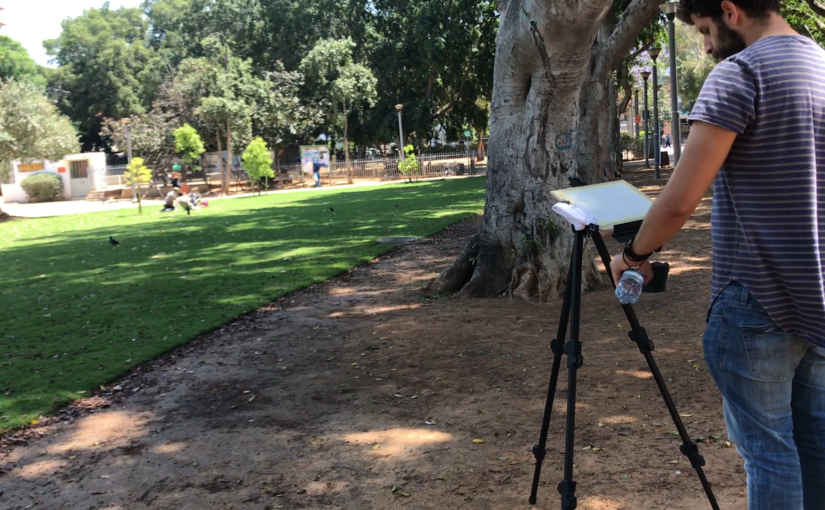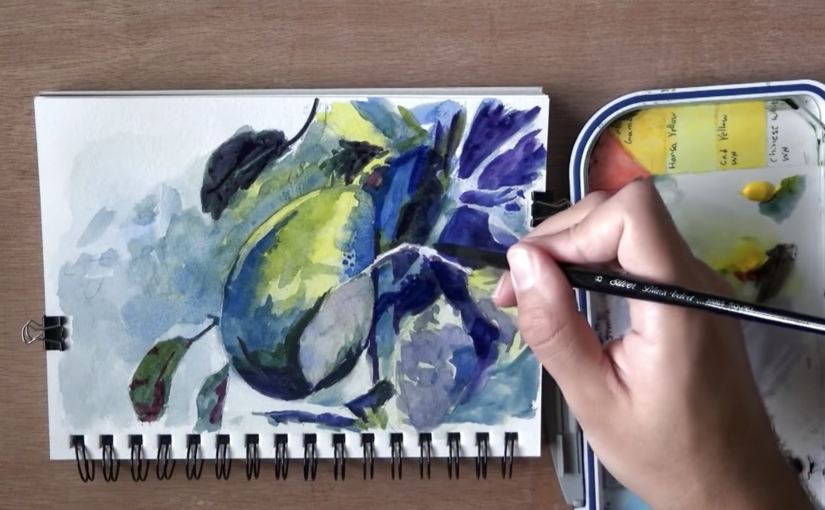Podcast: Play in new window | Download
What makes art good?
Hi there, Liron here – and today I wanted to share my insights after listening to Antrese Wood’s podcast episode with Alvaro Castagnet.
In the podcast (The Savvy Painter) episode, they were talking about what makes art… well – art!
Alvaro shared his perspective on what is important when creating, and what separates good art from rare / great art.
Impressed By Castagnet
First off I want to say how impressed I am with Alvaro’s dedication to ART. He seems to be an artist through and through, and not “just” a painter.
I didn’t know he had such a developed outlook and perspective on this topic.
My Main Takeaways – What Makes Art Good
Here are the points I found important here:
1. Creating with innocence. We know how to make beautiful art, but then we learn and internalize a lot of excessive baggage. Unlearning is the key. Children’s paintings are beautiful and fully authentic.
2. Being present while creating. Something I mentioned here many times in the past.
3. Sensitivity to the world. This is something I’ve been talking about, but never phrased this way. Alvaro is a GENIUS. It’s such a good way to put it. Sensitivity. The ability to see more, where others see nothing.
4. Spontaneity. This is especially true with the wild medium of watercolor. At times you have to be able to be flexible and react to what the paint does.
Vision & Techniques Work Together
The above help you develop a clear vision.
What techniques do is help you execute on that vision. This is why techniques are important, but have their place.
A spectacular vision, imagination and perception, together with mediocre technique – can actually do wonders.
Excellent technique with complete lack of vision may produce boring work that has no soul.
And this is it for today. Would love to hear your thoughts on this in a comment below!
And with that being said… Artist corner!
Artist Corner
Today, I’ve featuring Antrese Wood! I mentioned her podcast and wanted to share more information about her.
She actually has an interesting life story, and art played a very significant role within it. She’s a painter, working mainly in oils and watercolor. From what I’ve seen she focuses on the A-la-prima approach (finishing the painting in one go).
She created a body of work called “A Portrait of Argentina”, which I highly recommend you check out. As someone who visited some of these places – she did a FANTASTIC job.
Antrese’s website: http://antrese.com/
Antrese’s podcast episode with Alvaro Castagnet: https://savvypainter.com/podcast/alvaro-castagnet/
A painting by here that I absolutely LOVE: https://shop.antrese.com/original-art/original_art_products/persistence-pmb4gqkh1da
And here’s where you can find me
Check out my YouTube Channel – Liron Yanconsky
Or ask me questions on Instagram – @LironYanIL or Snapchat – @LironYan3
I hope you enjoyed this one. Take care, and we’ll talk again really soon,
– Liron








